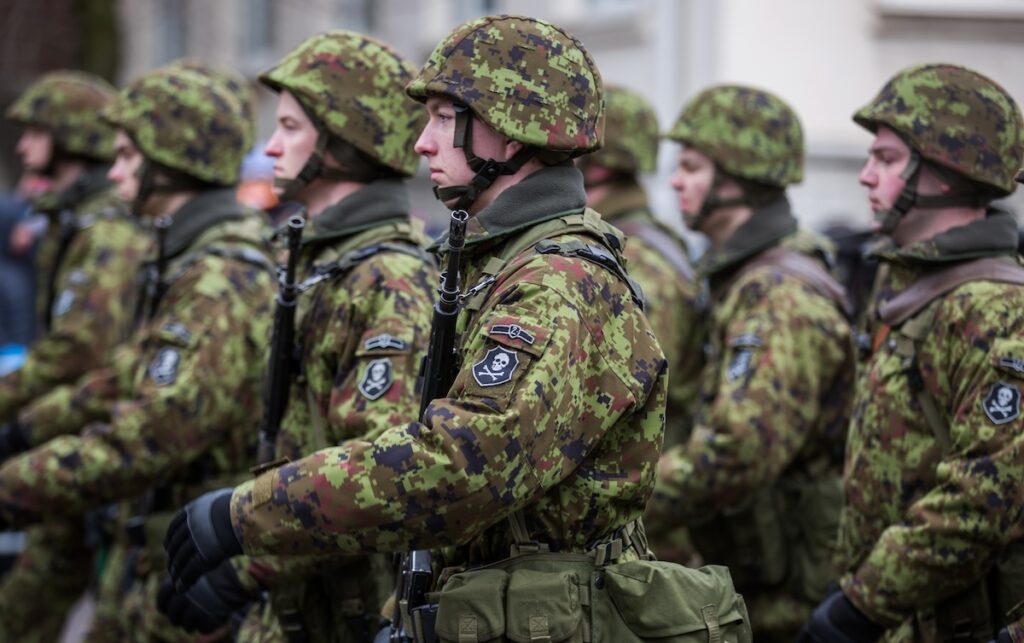This Is What’s up in Estonia
Photos Andrei Chertkov
Estonian population decreased
According to Statistics Estonia, on 1 January this year, 1,369,995 people lived in Estonia, which means that the population decreased by almost 5000 people compared to last year. The last time Estonia’s population decreased was in 2016.
In 2024, 9690 people were born and 15,756 people died. In 2024, 18,634 people moved to Estonia and 17,260 moved away.
Natural population growth was negative last year (-6066 people), but net migration was positive (+1374 people). The history of Estonian population statistics dates back to 1919, and the number of births last year was below 10,000 for the first time. The age of first-time mothers is more than two years higher than ten years ago, now standing at 28.9 years.
Of the inhabitants of Estonia, 82% (1,123,000) have Estonian citizenship, 6% have Russian citizenship, 5% have Ukrainian citizenship, 4% have unspecified citizenship, and 3% have the citizenship of another country. The number of ethnic Estonians increased by almost 3000 people. Estonians account for 68% (935,000) of the total population.

Cruise traffic and Easter
Cruise traffic and Easter had a significant impact on the number of tourists in the first half of the year. There are a couple of interesting facts in the Port of Tallinn’s passenger statistics for the first quarter. Compared to last year, there is a 5.7 percent decrease, but it is explained solely by tourism during the Easter period. Last year, Easter was in March and not in April, like this year. That is why the number of passengers in the first quarter of this year decreased.
In 2023, Easter was in April, and even then the number of passengers in the first half of the year was record-breaking. During the first three months of this year, the number of Finnish passengers was 593,216 (last year 628,790). The figure shows one-way trips, meaning that approximately 300,000 Finns visited Estonia by ship in January–March.
A large portion of passengers were young Finns aged 15–19. They made a total of one-fifth of all Finnish trips in February (45,148 for 15–19-year-olds, and 223,758 for Finns in total). This means that at least 22,500 young Finns visited Tallinn in February this year, and last year there were almost 30,000.

Estonia increasing defence spending to over 5%
Estonian Prime Minister Kristen Michal said in late March that raising Estonia’s defence spending to 5% of GDP is not enough, and that defence spending will increase even more in the coming years. At a press conference, Michal said that Russia’s strategic goals have not changed. “For Putin, everything that has happened since the collapse of the Soviet Union has been wrong. He wants to subjugate independent states. These goals mean that the danger of a Russian attack threatens all surrounding countries, including NATO,” Michal stressed.
The Prime Minister said that the government had approved a decision in principle, according to which the defence budget would increase to at least 5% of GDP from 2026. The opposition parties also support the government’s decision.
“The goal of increasing the defence budget is to make Russian military aggression against Estonia and other NATO countries impossible. Simply put, the goal is to prevent war,” Kristen Michal said. Michal added that even this is probably not enough, and that in the coming years defence spending is likely to increase by more than five percent of GDP.
Estonia has also announced its withdrawal from the Ottawa Treaty on Anti-Personnel Mines.
To learn more about this and similar topicscruises Easter Estonian news Ferries Population










